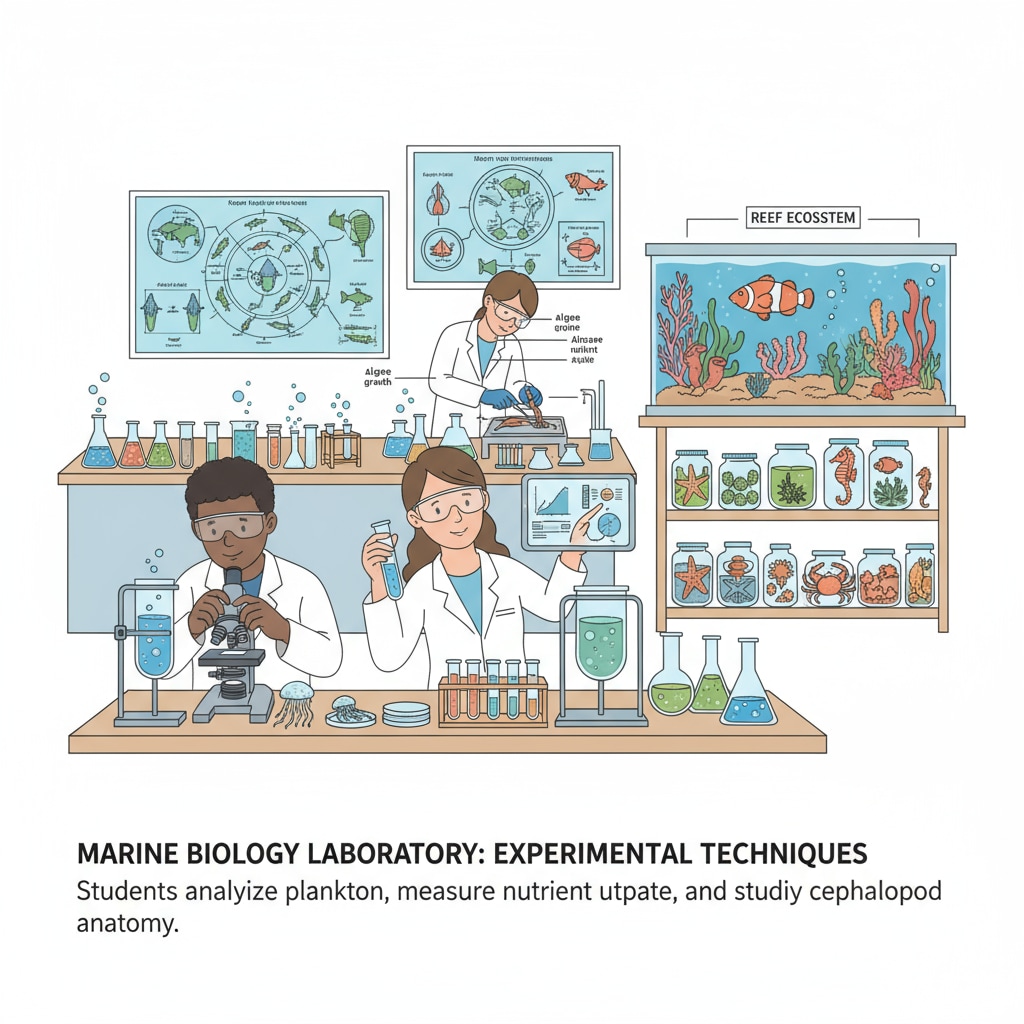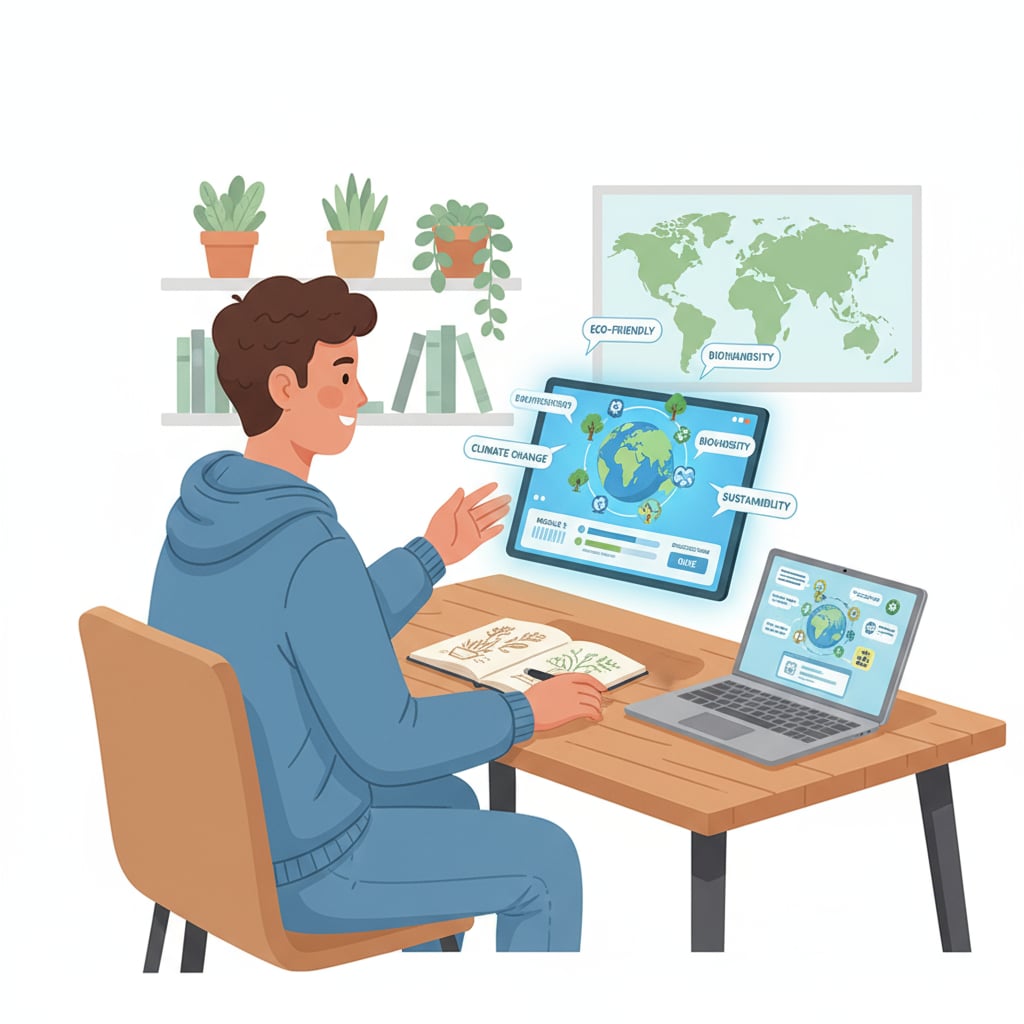Science degrees, marine biology, environmental science, prior knowledge – these concepts come to the forefront when discussing the feasibility of students without a science background entering science majors. Many students with a liberal arts or other non-science foundation dream of delving into the fascinating worlds of marine biology or environmental science. But can they really succeed? Let’s explore.
The Initial Hurdles
One of the first challenges non-science students face is the lack of prior knowledge. Science degrees, especially in fields like marine biology and environmental science, assume a certain level of understanding in areas such as biology, chemistry, and physics. For example, in marine biology, basic knowledge of biological processes is crucial to understand the life cycles of marine organisms. Without this foundation, students may find themselves struggling to keep up with the coursework. Marine biology on Wikipedia

Overcoming the Knowledge Gap
However, this lack of prior knowledge is not an insurmountable obstacle. Many universities offer preparatory courses or bridging programs for students with non-science backgrounds. These courses are designed to quickly bring students up to speed with the essential concepts. In addition, self-study using textbooks, online resources, and educational apps can also be highly effective. For instance, there are numerous online platforms that provide in-depth tutorials on biology and chemistry concepts relevant to environmental science. Environmental science on Britannica

Another important aspect is developing the right study skills. Science courses often require a different approach compared to liberal arts courses. They involve more hands-on work, data analysis, and critical thinking. Students need to learn how to take detailed notes during lectures, conduct experiments effectively, and analyze data accurately. By adopting these strategies, non-science students can gradually master the skills needed to succeed in their science degrees.
Readability guidance: As seen above, we use short paragraphs to convey ideas clearly. Lists can be used to further break down complex points. For example, under the “Overcoming the Knowledge Gap” section, we could list different resources like textbooks, online platforms, and educational apps. This makes the information more accessible. We also use transition words such as “however” and “in addition” to smoothly connect different ideas.


